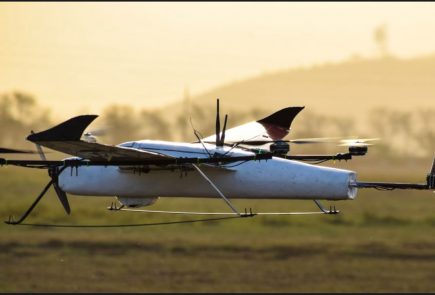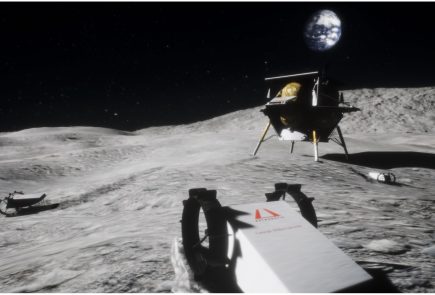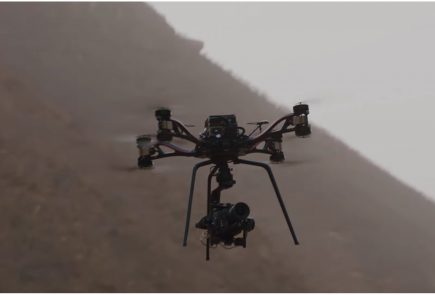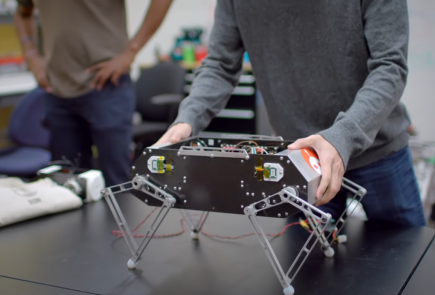Facebook Patent Reveals A Drone Powered By Kites

A freshly revealed patent shows that Facebook is working on a drone which is quite unconventional. The drone will not use its own power source for flight, instead it would make use of kites to stay afloat. Named the “dual-kite aerial vehicle”, each drone consists of two separate kites that can be directed independently. Moreover, the drone can utilize the force of the wind to extend its flight time, essentially making it self-sufficient.
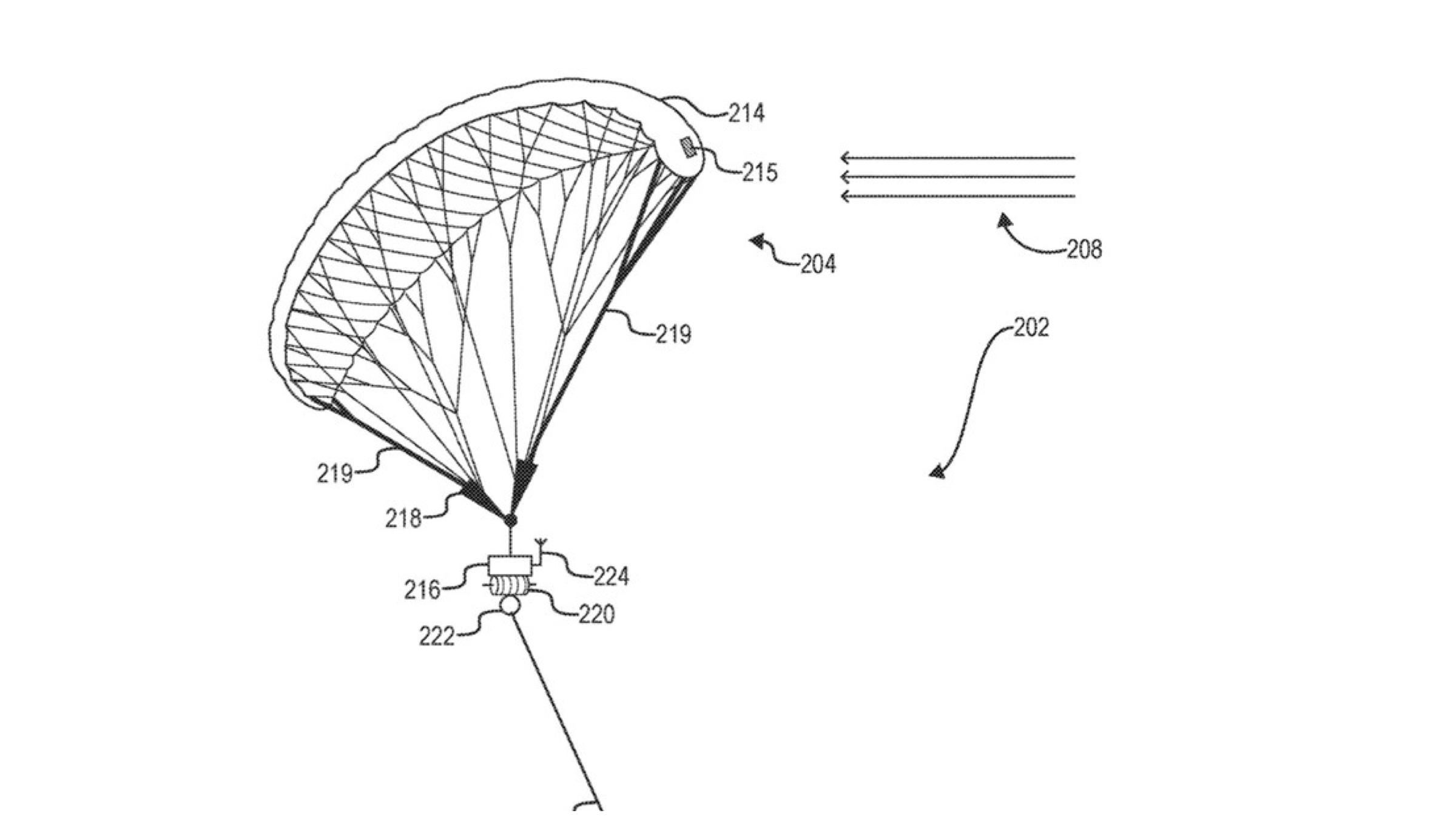
The patent was originally filed in the month of November 2018. It depicts a drone that is connected to the kites via a kiometre-long tether. It is designed along the lines of a helicopter-style aircraft, and by cutting down the size and weight of the drone, it can attain extra-long flight durations. Facebook also mentions that a fleet of such drones can be controlled wirelessly from the surface. Since higher altitudes imply more sunlight, they can be employed to generate power through solar panels as well.
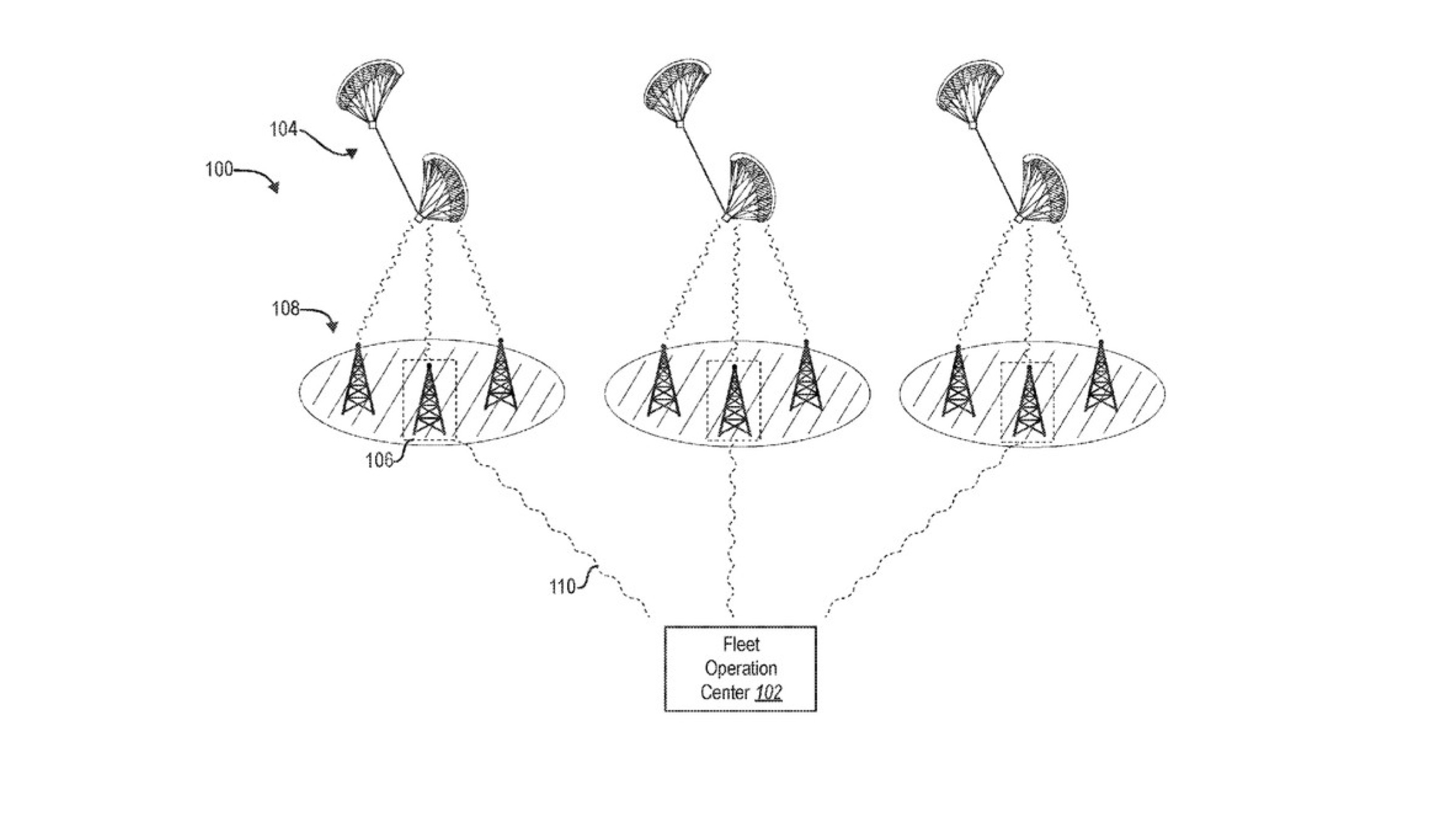
The social media giant was previously reported to be working on Aquila, which was a project that involved beaming down an LTE network from high-flying droneships in the stratosphere. The drones in Aquila were supposed to run on solar energy, providing sustainable flight over long durations of time. However, the project didn’t really take ‘flight’, and was abandoned by the company in the year 2018.
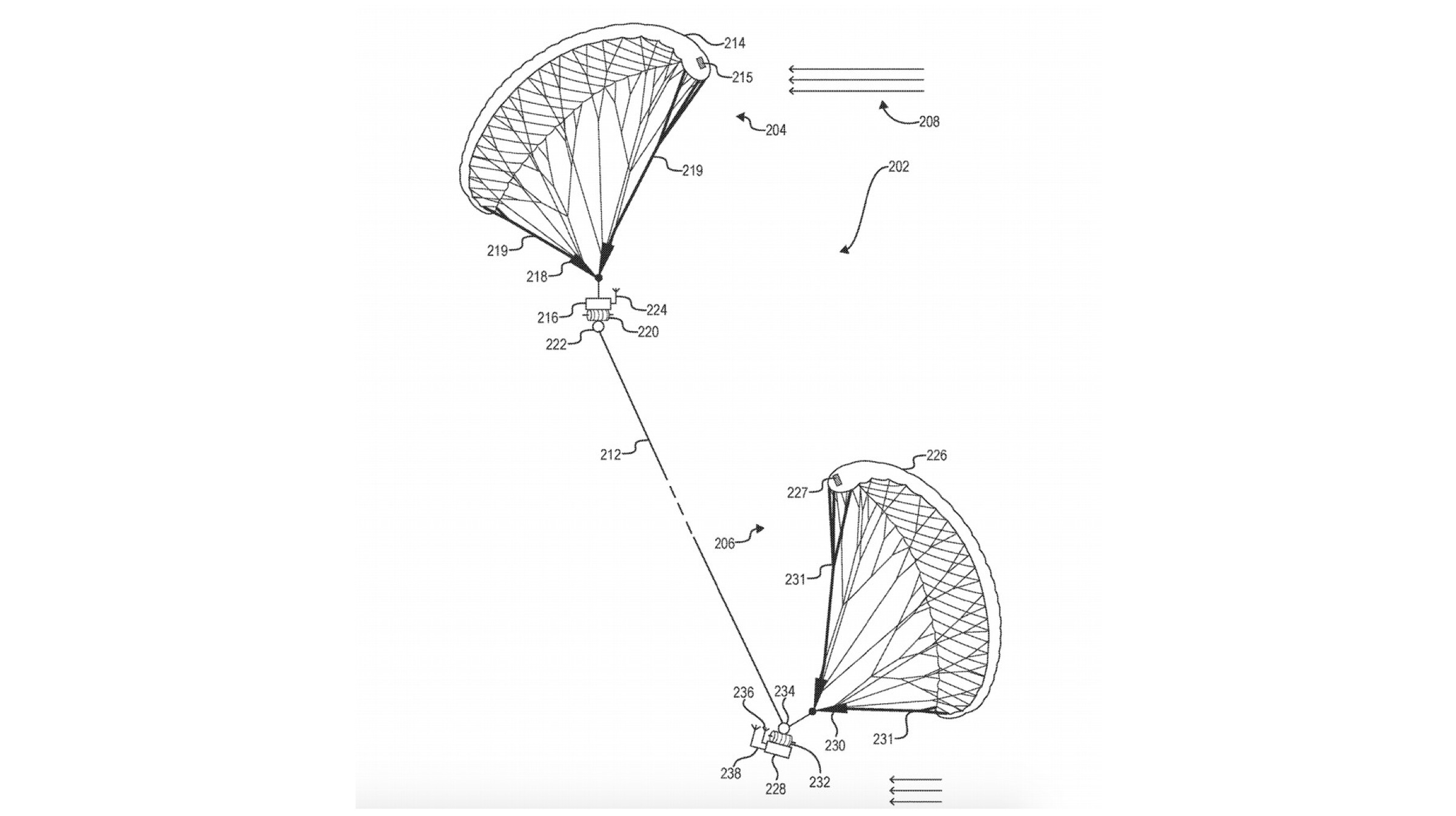
Also Read: Call Of Duty: Modern Warfare Trailer Reverts The Series Back To Its Roots
The drone in the freshly filed patent, however, is nothing like Aquila. It resembles the balloons that Google previously showcased for its Loon project. Nonetheless, the reveal should be taken with a grain of salt, since it could be long before we could get to witness such an offering from the company. With the privacy and security concerns looming over Facebook, it may not want to launch large drones into the sky anytime soon. However, considering that the organization previously teamed up with aviation giant Airbus to provide high altitude connectivity, a prototype may be under development as well.


















